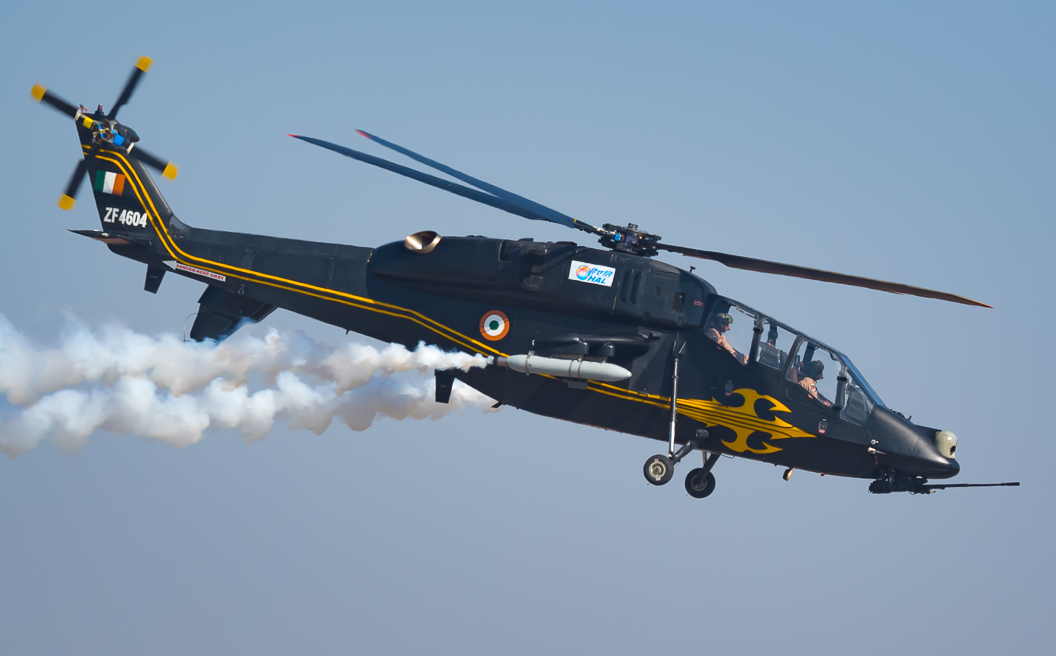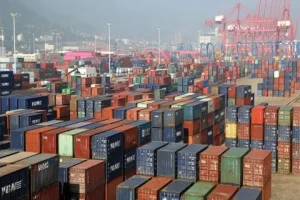With the India-China border hotting up and the government of India seeking indigenization in defence, Hindustan Aeronautics Ltd (HAL) helicopters are coming to the forefront. Over the past few months, a number of different helicopters have made it in news for varied tasks.
Just last week, the home-made light utility helicopter (LUH) cleared its high-altitude warfare trials in the Himalayas. Before that, the light combat helicopter (LCH) was in news for being deployed at the India-China border and in August the advanced light helicopter (ALH) was deployed for oil spill clean-up and rescue operations in Mauritius.
In the latest news, the HAL-made LUH was tested at the Daulat Beg Oldie advanced landing ground, in news since the Chinese aggression in May, and demonstrated its payload capabilities at the Siachen glacier—the proud owner of the world's highest helipads, Amar and Sonam—both over 20,000 feet. With Siachen as the highest battlefield in the world, the high-altitude tests for helicopters are considered vital due to the intense climatic conditions.
For any helicopter to be inducted into the Indian armed forces, it has to first demonstrate its worthiness in Ladakh—known as the Mecca for helicopter flying. The tests were done by HAL pilots over ten days. In a press statement, R. Madhavan, CMD, HAL, said: "…with these tests, the army version of LUH is ready for initial operational clearance." Powered by a single engine, the LUH had earlier been given the initial operational clearance by the Indian Air Force (IAF) at the Defence Expo 2020 in Lucknow, in the presence of Defence Minister Rajnath Singh.
It had finished its hot weather trials at Nagpur in 2018 and the sea-level altitudes at Chennai and Puducherry in 2018 and 2019, respectively. The indigenously-made LUH will replace the Chetak and Cheetah helicopters. Indian forces have recently deployed the HAL-made light combat helicopters LCH on its Ladakh border with China.
The LCH is said to be a good performer with adequate weapons load at high altitudes. Both the Indian Army and the IAF have placed orders for the LCH—a multi-role attack helicopter. The LCH development was the outcome of the Kargil conflict when the forces realized they required fast-moving and agile helicopters to support ground forces in high altitude regions.
HAL began working on the LCH and came out with the world's lightest attack helicopter with the highest flight ceiling. It is a twin-engine helicopter with stealth features to evade enemy detection and has been provided with a robust landing gear for better survivability. Talking about the LCH, Madhavan said: "It is the lightest attack helicopter in the world, designed and developed by HAL to meet the specific and unique requirements of the Indian Armed Forces, reflecting the crucial role of HAL in Atmanirbhar Bharat.”
Just last month, HAL had sent its choppers to Mauritius to help the island nation in the environmental disaster caused by an oil spill from the Japanese tanker. India pressed the HAL ALH, Dhruv, to rescue people from the stricken tanker and help extricate skimmed oil from the MV Wakashio. A statement from HAL said that the indigenously made ALH ferried nearly 600 people to and from MV Wakashio and the island nation. This included people who were rescued from the tanker which eventually broke up into two.
A statement from HAL said: "Thanks to the Indian Air Force, Indian Coast Guards and Mauritius police, HAL helicopters flew non-stop dawn to dusk till all the survivors on board were safely rescued. A total of 210 cargo operations and 270 winch operations were undertaken by HAL choppers towards salvage and rescue missions." The ALH is meant for both military and civil use. Some uses are VIP travel, search and rescue, emergency medical services, disaster relief and offshore operations.
More than 240 helicopters are operational with the Indian Armed Forces clocking more than 270,000 flying hours. Talking about the ALH, Madhavan said: “Time and again the indigenous Dhruv helicopter has proven its capabilities. Our helicopters were extensively utilized for search and rescue operations in the past as well.” With the Narendra Modi government focusing on indigenization of defence products and the Defence Minister banning certain weapons and defence items from imports, Indian Defence Public Sector Units like HAL will have to bite the bullet.
The LUH, which has cleared various tests, the LCH, which has been placed in Ladakh for its dependability over tensions created by China and the ALH which proved its mettle in the Mauritius oil spill, prove that the road to defence indigenization will be tough but not impossible.




















